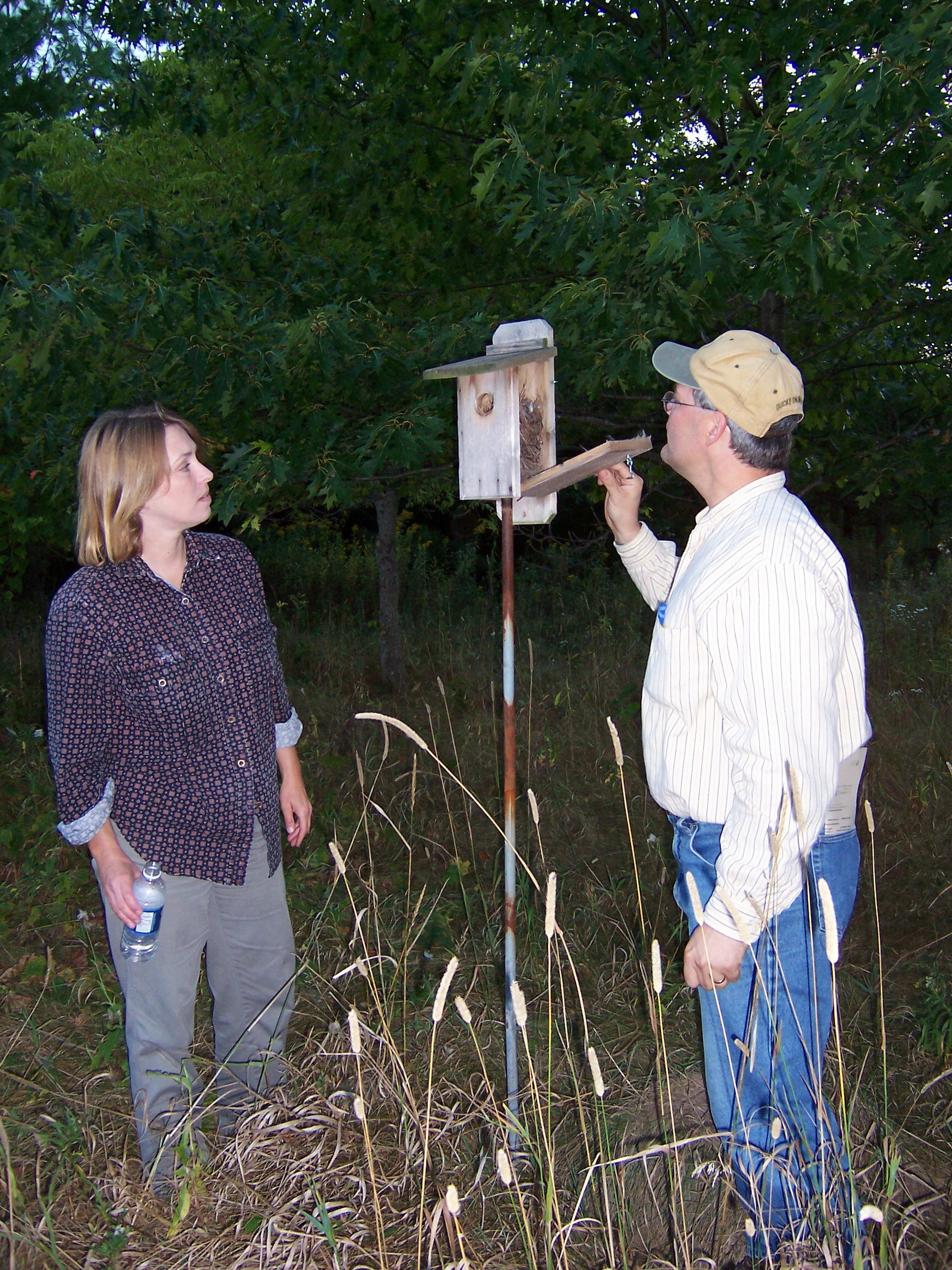The New Year is just around the corner, and with it brings a host of resolutions. I’m not sure how many people still keep with this tradition though. This month, we offer 5 first steps for a new landowner, but they might be good resolutions for the seasoned landowners out there as well.
The first step just might help everyone with the most common resolution… getting into (better) shape. Step 1 for the new landowner: Walk your property lines. Why pay for a new gym membership when you can get out on your property? We recommend walking your property boundaries a couple times each year. On this trip around your woods, check to see what is happening both on your property and your neighbor’s property. Did they have a timber sale? If so, was everything done properly? How will their woods change in the coming years, and does that affect any wildlife goals you had set for your property? Are there any invasive plants on the move across boundaries, and do you want to try to keep them from spreading? We have an older blog post that discusses why knowing your property boundaries is important.
While you are out on your walk, you might consider stopping by the neighbor’s place to meet them or catch up. Step 2 for the new landowner: Meet your neighbors. Boundary disputes aren’t fun, and I wouldn’t recommend waiting to meet your neighbors until a problem exists. There are other, much more fun, conversation starters than “I think you stole some of my timber”. First off, especially if you are a new landowner, your neighbors could be your greatest resource for forestry information. There is a decent chance they have worked with a forester or a logger that they can recommend (or not). They may even have experiences themselves that you can tap into (there is a maple syrup pun here). On a broader scale, wildlife habitat is best achieved by looking at the greater landscape. Are they managing for wildlife that you are also interested in, and how can you work together to make your woods even more attractive to those critters? Are they thinking about having a timber sale soon? If so, you may want to coordinate your sales; economies of scale dictate that you’ll each likely get a better price if you can offer more wood to a logger together.
Since we are on the topic of economics, I’ll keep going. Step 3 for the new landowner: Determine your basis. Basis is the value of the merchantable timber at the time of acquisition. Whew, you still with me? Basis will come into play if and when you ever have a timber sale. Even if you don’t intend to ever sell any wood/timber, it is worth it to still determine your basis… you never know when you might need some income. Basis is then used to determine your taxable income. Example, if you receive $25,000 from a timber sale, you would only have to pay taxes on $25,000 MINUS your adjusted basis. It is easiest to determine basis when you first acquire the property, although realistically you have a few years to do this. Check out our publication that explains basis in more detail, and another great resource is the annual tax tips for woodland owners.
Alright, back to something more fun, wildlife. Step 4 for the new landowner: Do a baseline wildlife inventory. As I sit here writing this post we are waiting for an 8 inch snow storm to descend on us. Considering the New Year is right around the corner, it’s about time! With that fresh snow brings a wildlife inventory tool… snow tracks. (Oh, by the way, you can combine some of this with Step 1.) Last year, I wrote a blog post about tracking wildlife in winter. Black-capped chickadees, red fox, squirrels, and beaver all start mating in January, so there is plenty of activity going on out in our woods. Trail cameras are another useful inventory tool in winter and summer. We have a great publication with lots more options for doing wildlife inventories. The main point is that if you want to invite wildlife to your property, you may have to make changes or maintain your woods in its present state. It is best to know what is there, then make the necessary changes, and do future inventories to watch what happens. I haven’t met an active woodland owner who doesn’t love doing some tinkering with their woods here and there.
After these first four steps, we then recommend visiting with a forester. Step 5 for the new landowner: Walk your woods with a forester. By now you’ve started thinking about what you want from your woods, your neighbor may have given you some ideas, and you might have some wildlife goals. This is when a forester can come in handy; they can help you craft a plan that works with what you have, what you want, and what your woods can do. Before you get too anxious about this, talk with your local DNR forester . They can come out and visit with you and your woods, and give you some initial tips and ideas FOR FREE, no strings attached. I like to think of it as a first opinion before you might have to hire a consulting forester . They can also help you learn more about your woods, for example, teach you what trees you have. Remember when you met your neighbors? Now would be a good time to ask them for a referral.
Congratulations on your new ownership of your woods. One of our favorite joys is getting to hear from new and old landowners about their experiences. Check in with our website to learn about new classes we are hosting, field days our partners host, and to hear stories from landowners across the state.
